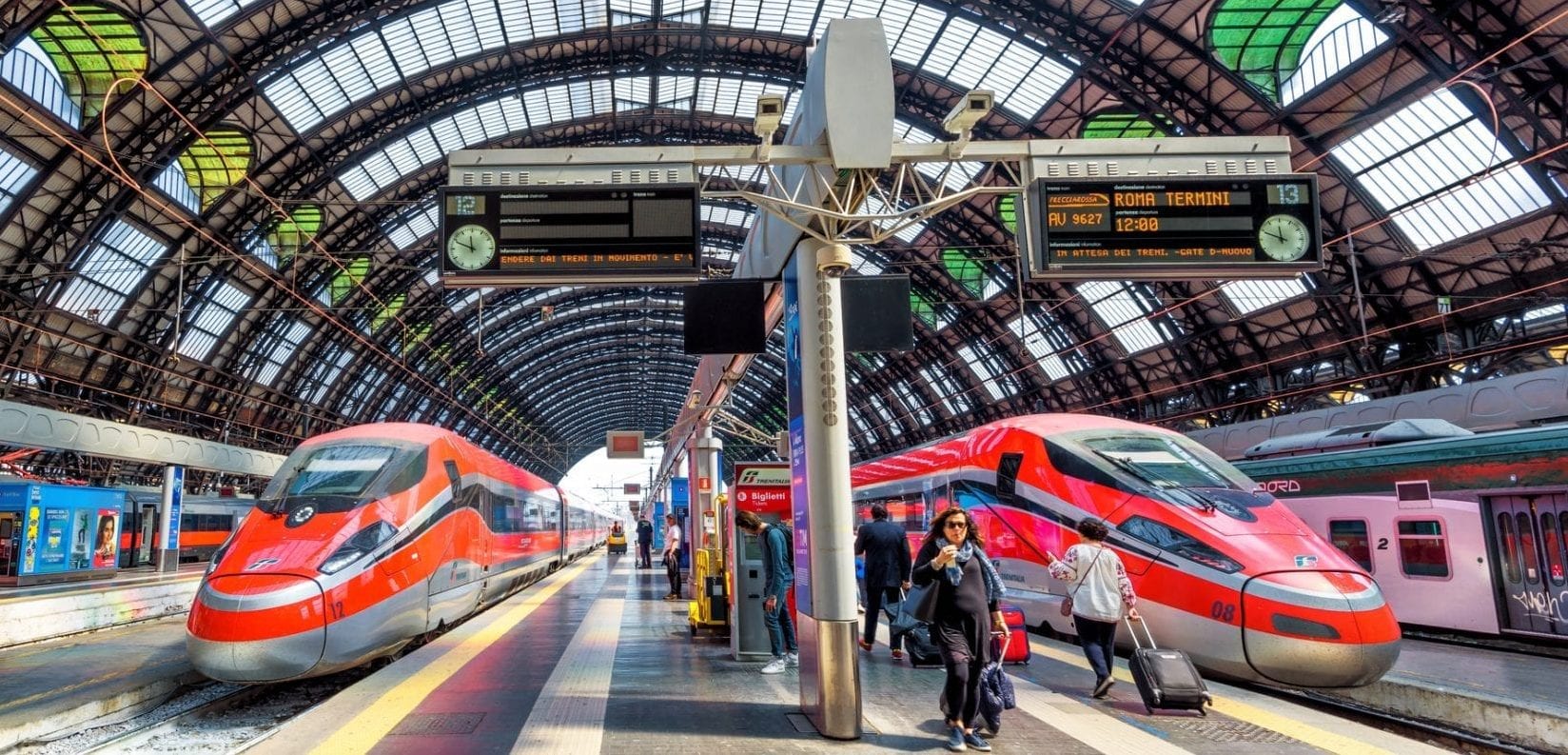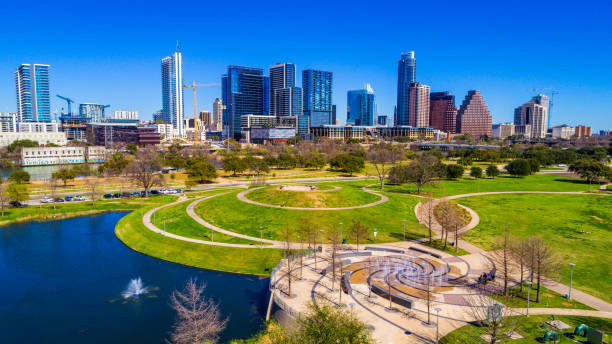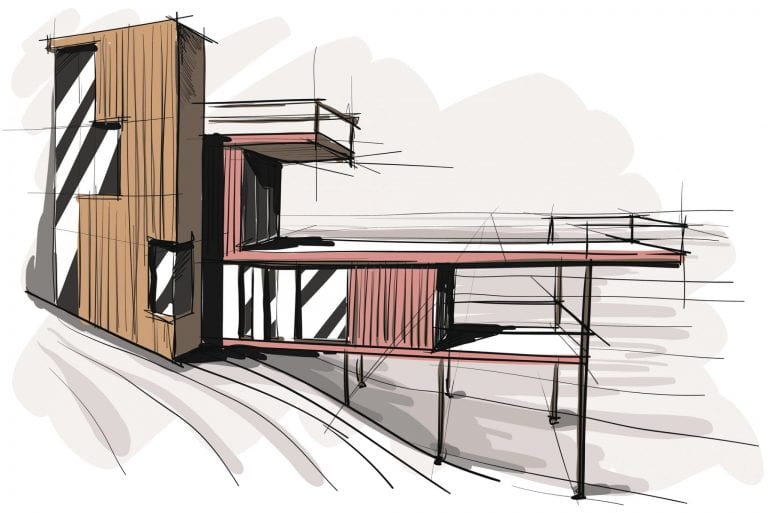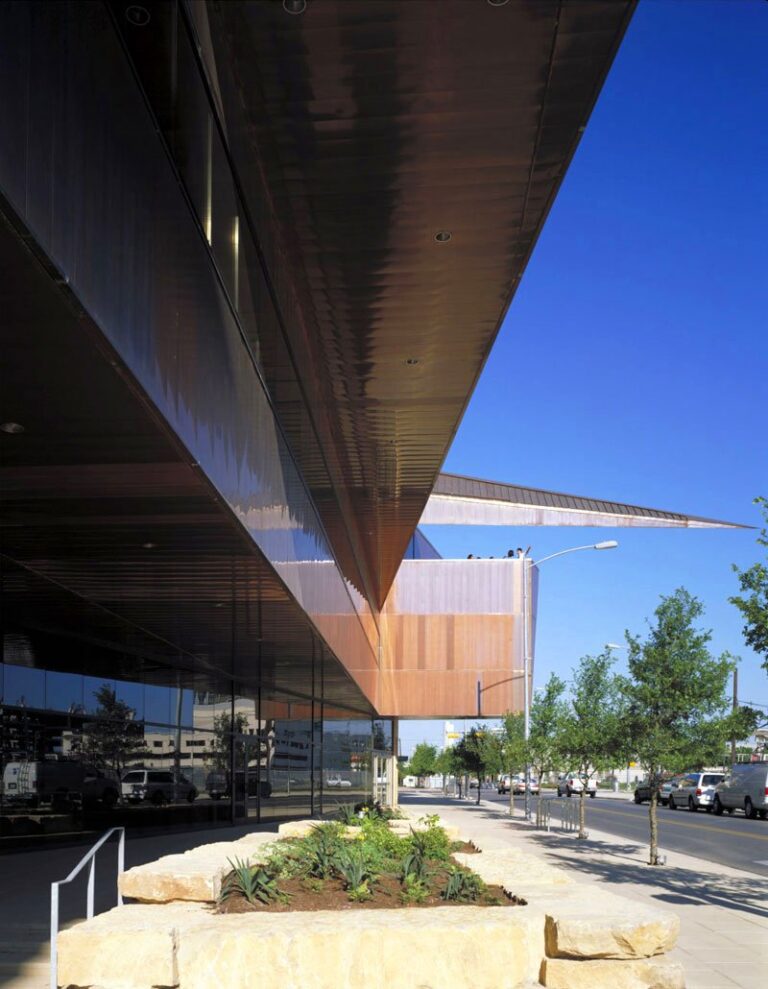
In August 2017, TCP announced that Fluor Enterprises and The Lane Construction Corporation had been added to the project, pooling their expertise in civil infrastructure to refine and update the rail line’s construction and sequencing; provide scheduling, cost estimates and procurement; and engage in other design and engineering activities. In December 2017, after nearly four years of work, the Federal Railroad Administration (FRA) released its Draft Environmental Impact Statement on the project, outlining for the first time a preferred route between Dallas and Houston, with a midway stop in the Brazos Valley. The FRA’s analysis also reviewed the train’s potential impact on the environment and how best to manage it to protect private property and farmland, natural resources, energy demands, and other conditions along the 240-mile route. In February of this year, TCP unveiled one of the most highly-anticipated details: the locations of the railway passenger stations in Dallas and Houston. TCP’s most recent addition was announced in May, when the company appointed global engineering firm Bechtel as project manager. This latest step moves the plans significantly closer to the construction and implementation phase.
If all goes according to schedule, the TCP rail project will be the first operational high-speed commuter train in North America. The roughly $15-billion enterprise is expected to finalize funding by mid-2019, and construction is slated to be complete in 2024, giving the project a 10-year timeline that beats out the 14-year construction timeline of the only other bullet train currently in progress in North America: the California High Speed Rail Authority. The TCP venture is entirely funded by private investors, another key detail that sets it apart from the government-subsidized California high-speed rail. Once completed, the Dallas-Houston bullet train could set a precedent for other high-speed rail projects around the United States and North America, which could potentially generate billions of dollars in economic benefits to the cities involved.
The TCP high-speed train will have three stops: Dallas, Bryan, and Houston. The Dallas station will be located near the Kay Bailey Hutchison Convention Center in the Cedars neighborhood, near the Interstate 30 and Interstate 35 interchange. The Houston station is set to be built in an area northwest of the city, on the 45-acre Northwest Mall site near the Interstate 610 and US 290 interchange.
With the line on the map drawn and the station locations chosen, unrequested station proposals have begun to emerge. Corgan held an internal design competition for the Houston station, which resulted in nine submissions from nearly 50 people across all of the firm’s offices. The winning submission, titled “Nexus,” envisions an adaptable transportation spine created from modular vertebrae, with a network of transit and pedestrian arteries that connect to existing roads and a surrounding ecosystem of retail, working, residential, and recreational spaces.
While TCP and local officials in Dallas and Houston have worked together to realize their goal of choosing station locations in historically- and economically-underserved urban areas, the Northwest Mall site in Houston has been widely criticized. In 2016, TCP appointed LEK Consulting to conduct a study exploring the opportunity for a high-speed train in Texas. LEK’s study incorporated research from the City of Houston 2000 Land Use & Demographic Profile, showing that Houston’s population base is growing north and west of the central business district, which provides some rationale for the northwest site choice. However, one long-term regional goal of the Metropolitan Transit Authority of Harris County is to contain urban sprawl. The new passenger station will likely add to the sprawl of Houston, creating a new peripheral node in this decentralized city. And as the impact of Hurricane Harvey still remains fresh in the minds of Houstonians, TCP and its developers and contractors must remember that Houston is a very flood-prone region. Increasing the urban sprawl of Houston will only add to the total acres that the Harris County Flood Control District and the U.S. Army Corps of Engineers must defend.
James Adams, AIA, senior associate at Corgan, says the challenges of the Houston site are what attracted the firm’s internal competition. “We saw an opportunity to connect this blank slate to the rest of Houston,” Adams says. “There was a focus on avoiding the ‘airport effect,’ where there is a bubble of faux-human neighborhoods around a transportation site. We wanted to create a sense of place through connections between the ridership and the elements of a thriving human neighborhood: the restaurants, farmers’ markets, retail, schools, and multifamily residential units.”
The Corgan design competition was not done in conjunction with, or at the request of, TCP. However, a statement released by the company states that Corgan’s work “recognizes the Houston passenger station as an economic catalyst for prosperity and transit-oriented development.”
Source: Texas Architect







